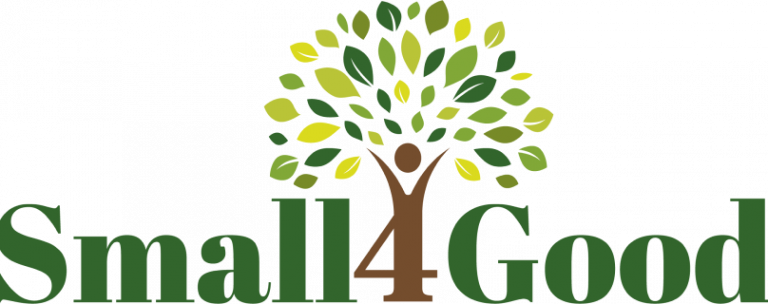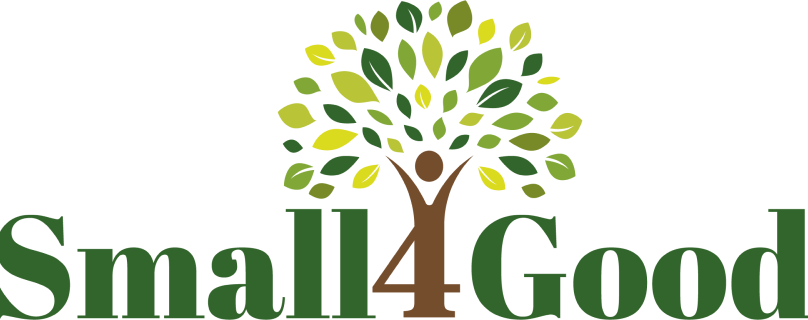 In this Blog Post, we’re taking a deep-dive into our LL East in Romania, to learn more about the specific case and the context of forest ownership. Enjoy!
In this Blog Post, we’re taking a deep-dive into our LL East in Romania, to learn more about the specific case and the context of forest ownership. Enjoy!
The LL East is implemented in the temperate forests of Brasov County, Romania, and is led by the Romanian Association of Forest Landowners (Asociația Proprietarilor De Păduri Din Romania, (APPR)). Many small-forest owners lack forest management knowledge, skills and business background to undertake proactive multifunctional management and use of their forests. This is further complicated by a very restrictive regulatory framework related to timber production, as well as the lack of proper incentives and support for forest holdings in those areas under various protection schemes. This results in a low interest among forest owners to take an active role in forestry-related business and management. Further, the lack of cooperation and association, along with the lack of accessible information and the presence of a complicated business environment, could be other important factors contributing to the current state since there are many small holdings that lack involvement and management.

The goal of the LL East is to evaluate the ways in which Payment for Ecosystem Services (PES) schemes can support small-scale forestry management, all within the content of the regulatory framework, with the long-term objective of pushing for a positive shift in the number of forests interested in implementing multifunctional management. Additionally, the LL East will be a proving/testing ground for new, promising technologies, machines, and business models to enhance a balanced and efficient use of forest resources at a small scale. The results of the LL will be used actively to support empowerment and improvement with the aim of reaching a higher commitment to small-scale forest management, as well as a proving ground for strategic planning and regulatory (re)thinking.
Here, a mix of forest types can be found from lowland forests, oak (Quercus sp.) and beech (Fagus sylvatica) mixed forests to high-altitude spruce (Picea abies) and alpine juniper (Juniperus sp.) forests in the Carpathian Mountains.
Project Partners and members of LL East have identified five relevant typologies of forest owners that reflect how they perceive and manage their forests today. These typologies are not just theoretical models—they represent real people with real challenges. Partners believe that the way an owner relates to their forest defines how they manage it, how connected they feel to it, and ultimately how they value it. This directly influences their willingness to engage in sustainable management, explore new business models, or seek value from their forest in different ways.
To provide some context, after nearly 40 years of communism and another 35 years of political and legislative neglect, small forest owners in Romania have been continuously marginalized through restrictive and often irrational laws. Before communism, small forest owners had a deeply interdependent relationship with their forests, relying on them for both subsistence and economic stability. However, since most current owners are heirs rather than the original proprietors, their connection to the land has fundamentally changed.
The personification of these 5 types of forest owner typologies through avatars, are:
The Villager
Here we meet Vasile, a villager dependent on his forest, in an isolated village in the countryside.
Vasile has lived all his life close to his forest, and his connection to it is essential for his survival. For him, the forest is the main source of firewood for heating and cooking, as he has no access to other energy sources. The forest also provides him with mushrooms and berries, which he eats fresh or preserves for the winter. Vasile sees the forest not just as a useful resource but as an essential element in his life, contributing to the construction and maintenance of his house and outbuildings.
He has a dependent relationship with the forest, as it is the basis of his existence; without it, Vasile would not be able to make a living.
The City-Dwelling Heir
Here we meet George, an heir to a privately-owned forest, yet living a corporate life in the city.
Growing up in a big city, George never missed the forest for his everyday needs. He works in a corporation and can afford to buy everything he needs. Although he inherited a patch of forest from his grandparents, he no longer knows the boundaries of his property and doesn’t have time to explore or get actively involved in its management. His only forest-related activity is an annual visit to the forestry office to renew the guarding contract for his plot.
He has a distant relationship with the forest, as it is more of an administrative obligation than a vital resource.
Forest Owners’ Association Member
Here we meet Ileana, an active member of a forest owner’s association and member of a rural community.
She is one of the 600 members of an association that has 1200 hectares of forest managed as a commons (indivisible ownership). Although she only has 5 hectares of her own, she is actively involved in decision-making. She wants to leave her children more than she inherited and is looking to buy land belonging to members who have left the community. The wood obtained from the forest provides her basic needs, but in harsh winters, she must buy extra.
Ileana has a deep relationship with the forest, as it is a source of security and heritage: she sees it as a source of livelihood and a long-term investment for her family.
Owner in Natural Protected Areas
Here we meet Maria, a forest owner who finds herself stuck in a natural protected area in a mountain village.
Maria inherited the forest from her family, but the land was recently included in a strictly protected area without her consent. Although she would need wood for heating, she is not allowed to harvest even a twig from the forest, as the law strictly protects the land. Maria can receive (from time to time and only if she manages to complete the necessary papers) a small financial compensation, but this is far below the real value of the benefit of her forest. Despite the frustrations, she hopes that in the future, there will be legal ways to capitalize on the forest or the ecosystem services provided by her forest will be more fairly compensated.
She has a frustrating relationship with the forest and one that is very much limited by laws. She feels wronged, especially considering that the forest is part of her family heritage.
Forest Entrepreneur
Finally, we meet Ionuț, a small entrepreneur from a mountain village.
Ionuț was born in the heart of the mountains, but his family never owned a forest. The desire to become an owner led him to save money and buy a few hectares of forest. Now, Ionuț harvests and processes wood on a small scale, but with high added value. He prefers to create finished products rather than sell the wood as “standing trees” like most of his neighbors do. He also involved his family members in his small business, creating jobs and gaining respect in the community.
He has a dynamic and productive relationship with the forest, which he sees as a source of value and a legacy for future generations.
By structuring conversations around these typologies above, the project can better extract and understand the specific needs of each group without diluting their message, allowing for a more effective integration of their voices into broader discussions and potential solutions.
In Romania’s cultural landscape, stepping forward as an individual often makes you a target for policymakers and authorities, which is why many owners hesitate to publicly advocate for their interests. Instead of asking them to take an individual stand, LL East’s approach is to help them recognise themselves within these typologies, creating a sense of community and shared purpose. This makes it easier for them to identify their needs, connect with others who share similar challenges and feel heard in discussions about policy and management.
Upcoming activities in LL East will include meetings and field visits. Before organising further meetings, project partners will identify the stakeholders (real owners in each avatar category in the LL area). Next, separate meetings for each category of avatar mentioned above will be organized by the partners, where the following topics are foreseen to be discussed:
- Current management in small ownership and challenges for owners in each avatar category.
- Multifunctional management (discuss the app and ask for their willingness to test it in their forest) and PES schemes in small private forests
- Business models in small private forests.
- Influences of climate change on their forest (management).
In addition, field visits to specific forest stands to discuss these topics with owners, managers, control agencies, and forest management planning companies are foreseen.
Learn more about our various Living Labs by click on the buttons below:


